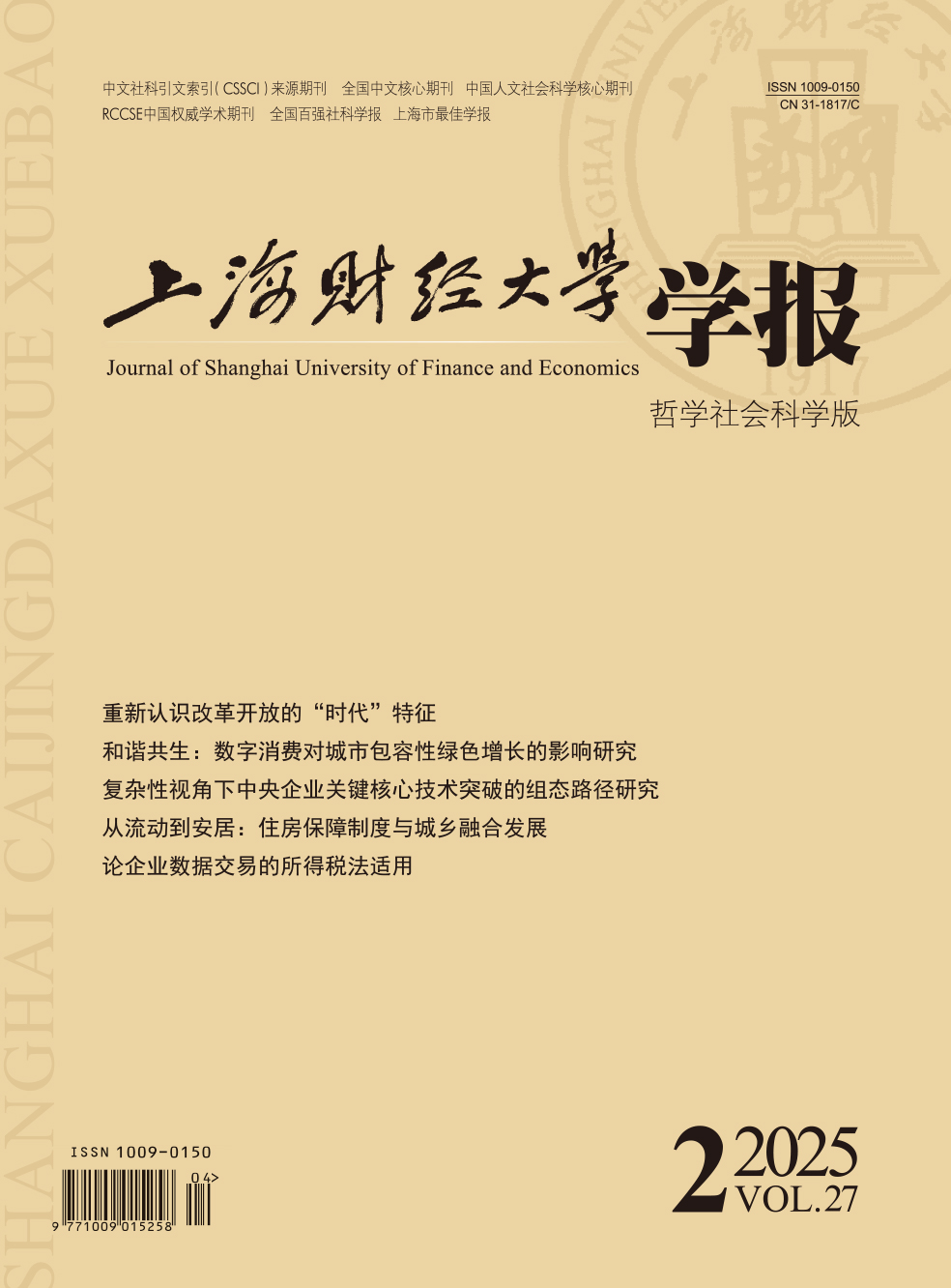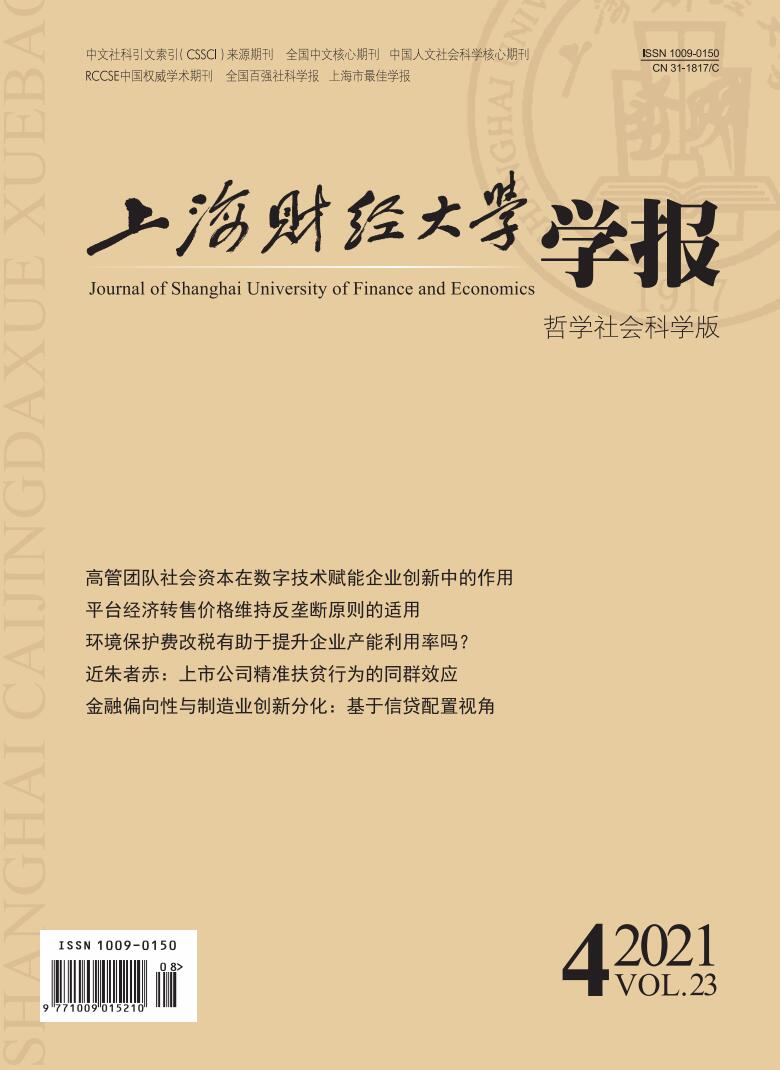The coordinated development of the financial sector and the entity sector has become one of the core tasks of the strategy for an innovative and powerful country under the new normal. To this end, exploring how financial bias affects the innovation and the formation of innovation differentiation has positive practical significance for guiding the economy to “returning to the reality”, and motivating financial capital to enter the real investment field in an orderly manner to promote the innovation of micro-market entities. This paper explores the existence, mechanism and differentiated impact of bank credit bias on the formation of enterprise innovation, and conducts an empirical test based on the data of manufacturing enterprises from 2007 to 2018. The research results show that the bank credit allocation shows a significant bias, and is more inclined to the formulation of fixed assets, investment returning and the degree of financialization. On the whole, the expansion of bank credit supply significantly promotes the innovation input and output of manufacturing enterprises by alleviating the financing constraints and internal cash flow constraints, but bank credit bias leads to the problem of innovation differentiation. The R&D investment flexibility brought by the credit of state-owned enterprises is significantly higher than that of private enterprises; the innovation ability of state-owned enterprises has more “quantitative” advantages. Bank credit bias can promote more manufacturing innovation in the eastern and southern coastal regions, the middle reaches of the Yangtze River and the Yellow River, and the non-high-tech enterprise. The marginal contribution of this paper is mainly reflected as follows: Firstly, it analyzes the “bank credit bias and differentiation of enterprise innovation” from the perspective of financial bias. This provides a micro-theoretical foundation for building a two-wheel-driven policy system of “financial support and technological innovation”. Secondly, it conducts a more in-depth systematic investigation of the relationship between financial bias and enterprise innovation differentiation through the three dimensions of equity characteristics, industry heterogeneity, and regional differences. Thirdly, it uses the Heckman’s two-stage selection model to apply bank credit bias to the research on the relevance of manufacturing enterprise innovation, and provides a new analysis tool for exploring the actual relationship between bank credit preference and enterprise innovation. This study provides a certain policy basis for the financial market under the guidance of bank credit to return to the function of serving the real economy and accelerate the collaborative reconstruction of industrial innovation chain and financial capital chain.
 / Journals / Journal of Shanghai University of Finance and Economics
/ Journals / Journal of Shanghai University of Finance and EconomicsJournal of Shanghai University of Finance and Economics
LiuYuanchun, Editor-in-Chief
ZhengChunrong, Vice Executive Editor-in-Chief
GuoChanglin YanJinqiang WangWenbin WuWenfang, Vice Editor-in-Chief
Financial Bias and Manufacturing Innovation Differentiation: On the View of Credit Allocation
Journal of Shanghai University of Finance and Economics Vol. 23, Issue 04, pp. 107 - 120 (2021) DOI:10.16538/j.cnki.jsufe.2021.04.008
Summary
References
Summary
Cite this article
Li Zhen, Chen Tianming. Financial Bias and Manufacturing Innovation Differentiation: On the View of Credit Allocation[J]. Journal of Shanghai University of Finance and Economics, 2021, 23(4): 107-120.
Export Citations as:
For




 3719
3719  4486
4486

